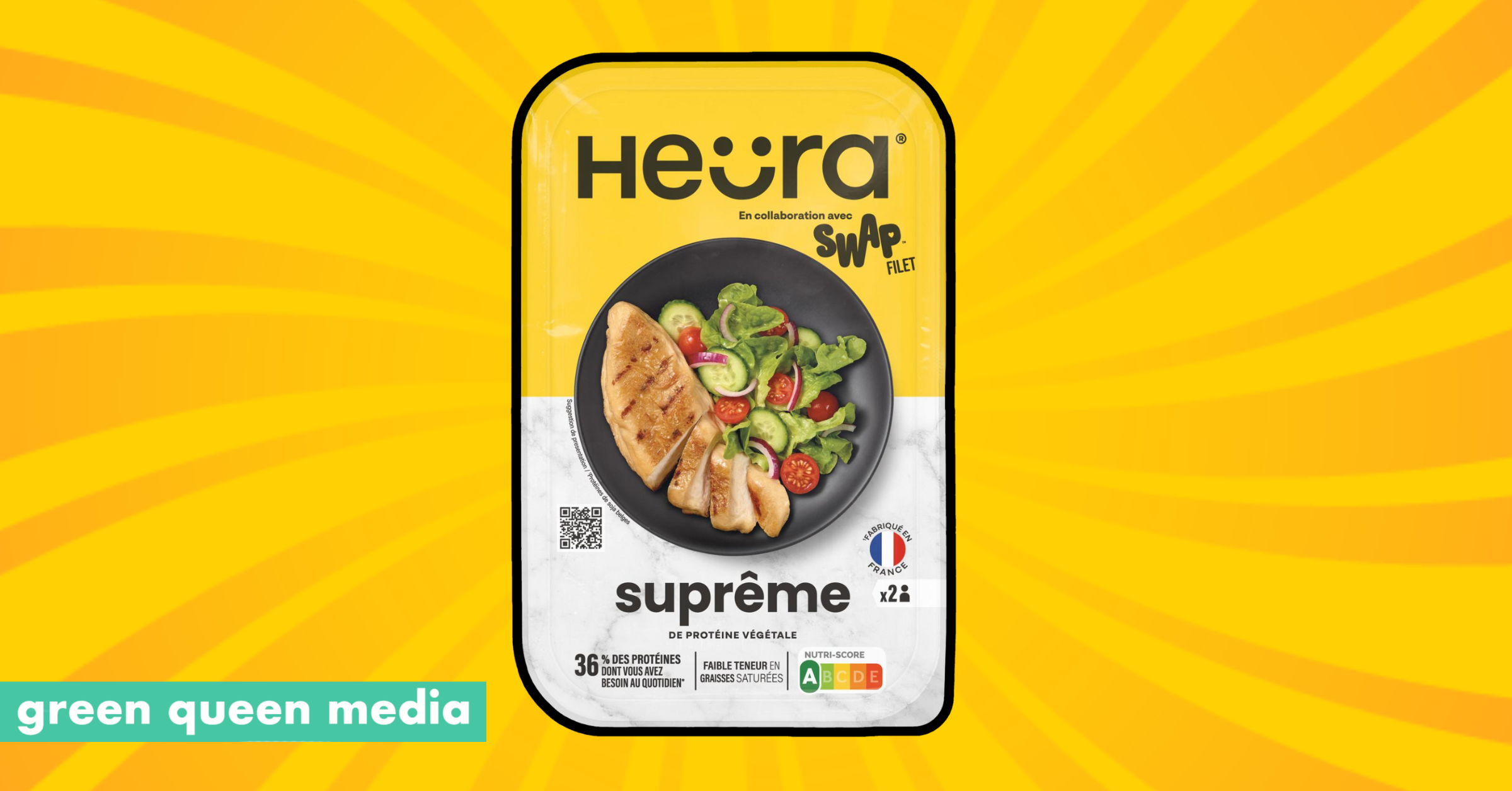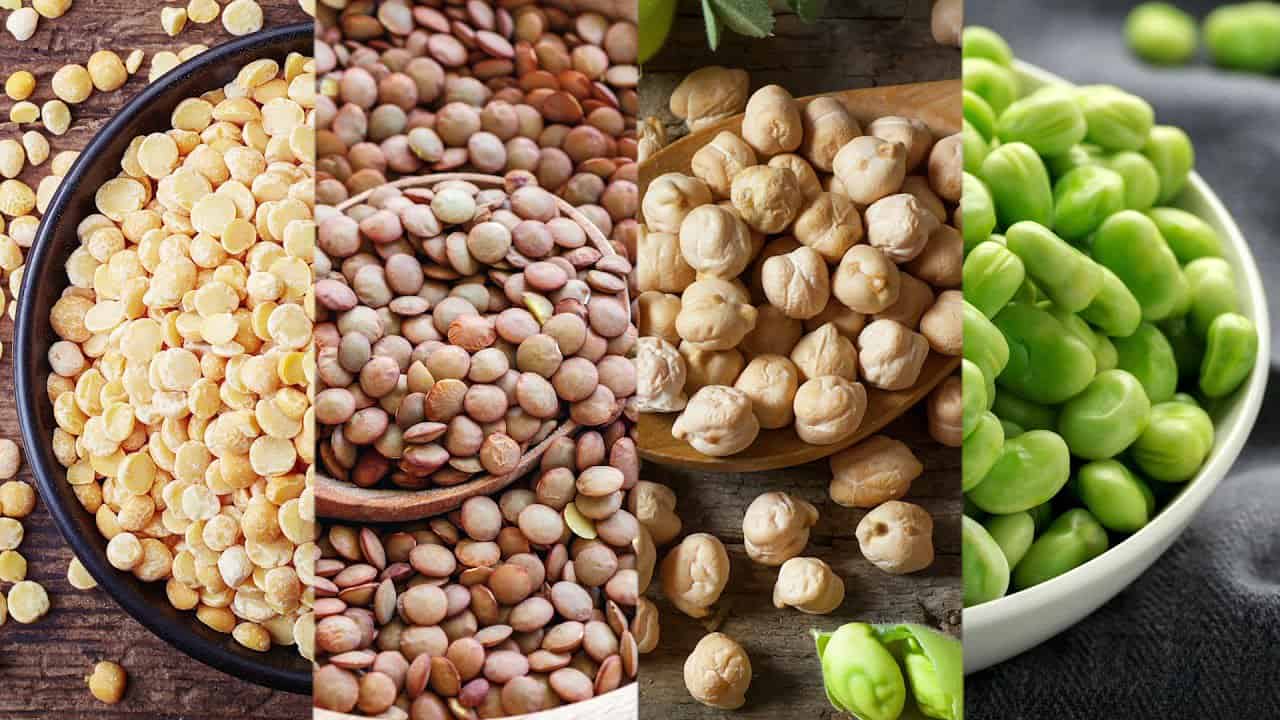Whether you’re trying to eat less meat or you’re vegetarian or vegan, having a plant-based meal once (or a few times) a week is always a good thing. Research shows that eating a mostly plant-based diet can help reduce inflammation, boost immunity, and benefits your overall health in so many ways, including lowering your risk of heart disease, diabetes and some cancers. But there are so many plant-based meats out there, it can be hard to choose. We asked Joy Bauer, MS, RDN, CN, who recently worked with Beyond Meat to reformulate their products to ensure they’re a healthy choice, what to pay attention to on the label when picking a plant-based meat.
Joy Bauer, MS, RDN, CDN, is the nutrition and healthy lifestyle expert on NBC’s TODAY show. She is a #1 New York Times bestselling author.
Andy Lyons
Look for Heart-Healthy Oils
“One of the reasons to choose a plant-based product is that meat can be high in saturated fat, which is the artery-clogging fat that can raise your cholesterol,” explains Bauer. “So you want your source of protein, and your overall meal, to be low in saturated fat.” Check the nutrition facts label and look for no more than 2 grams of saturated fat per serving.
Another ingredient to look for is the type of oil that’s being used. “Coconut oil is high in saturated fat, but avocado and olive oil are the kings of the healthy oils,” says Bauer.
Pay Attention to Protein
Meat or poultry is the main protein source of a meal, so if you’re swapping that out, you want to make sure what you’re eating instead is a good source of protein. “When you think about animal protein it’s about 7 grams of protein per ounce, so you want something in the ballpark of 20 grams of protein per 3 ounce serving,” says Bauer.
Andy Lyons
Keep Tabs on Salt
Packaged foods are a big source of sodium in our diets, and overall we should be watching our intake, aiming to have less than 2300 grams of sodium daily. “Remember a lot of the time, a plant-based meat comes pre-seasoned,” says Bauer. And, you want to leave room for salt in the other foods and condiments that are accompanying your meal. So, the lower the sodium content, the better; ideally the plant-based product you choose has under 400 mg of sodium per serving.
Be on the Lookout for Added Sugar
Sugar content is listed under the “Total Carbohydrates” section on the nutrition facts panel. There’s the Total Sugar amount, which should be negligible. “You might get some natural sugar from rice or if the product contains pomegranates or beets for color,” says Bauer. Added sugar content is listed under Total Sugar, and it should be zero. “Sometimes it’s used for flavoring, but ideally this isn’t the place you should be getting added sugar,” says Bauer.
Also Consider These Ingredients
We always talk about less is more on an ingredients list but sometimes more is an asset, depending on what those ingredients are, says Bauer. For example, it’s good to have a diversity of plant protein. A few to look for include yellow pea protein red lentil protein and fava bean protein. Also, seasonings. “Garlic, onion, paprika—these are all good and bring healthful flavors,” says Bauer. Also make sure there are no artificial colors or dyes. You want to see fruit and vegetable juices or extracts listed for color.


